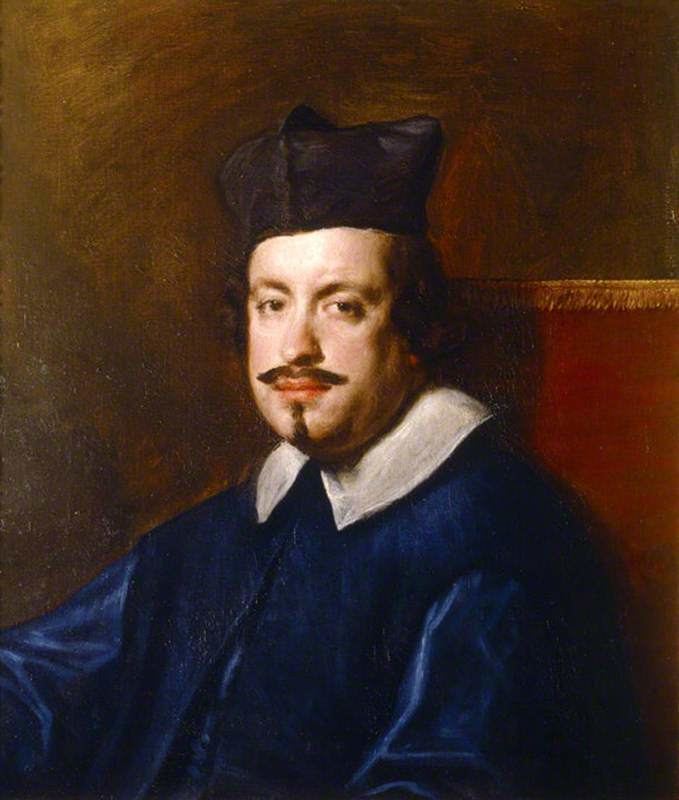Name Camillo Massimo | ||
 | ||
Born 20 July 1620Italy ( 1620-07-20 ) Education Sapienza University of Rome | ||
Created cardinal December 22, 1670 | ||
Canzoni in discoteca tour camillo massimo e nando mariano
Camillo Massimo (20 July 1620 – 12 September 1677) was an Italian cardinal in 17th century Rome, best remembered as a major patron of Baroque artists such as Pouissin, Lorrain, Velázquez, Duquesnoy, Algardi, Francesco Fontana and Cosimo Fancelli.
Contents

Biography
Born as Carlo in 1620 into the prominent Massimo family, he was educated at La Sapienza University. He succeeded at age 20 to the estate of his cousin Camillo, from whom he derived his name. The elder Camillo had been the executor of the will of another great Roman collector, Marchese Vincenzo Giustiniani. He started his ecclesiastical career as papal prelate at a young age and in 1651 he became cleric of the Apostolic Chamber.
On 15 December 1653 Massimo was made titular Patriarch of Jerusalem and a year later as Apostolic Nuncio to Spain. However, Philip IV of Spain refused his appointment as nuncio, complaining he was too friendly with the French. He was forced to stop for a year in a small town between Valencia and Madrid. Back in Italy Monsignor Camillo Massimo retired in semi-exile — from 1658 until the end of the pontificate of Pope Clement IX in 1669 - in a town called Roccasecca, in his 'Palazzo baronale'.
On 22 December 1670 Pope Clement X made him Cardinal with the title of S. Maria in Domnica, which Massimo later changed to that of Sant'Eusebio. He took part in the Papal conclave of 1676. In the same year he was opted for the title of Sant'Anastasia. He died in 1677 in Rome.
Massimo's portraits were painted by both Diego Velázquez and Carlo Maratta. He reorganized the Roman academy of the Umoristi. He had copies, made by Pietro Santo Bartoli, of the illustrations of an antique edition of Virgil and drawings based on the ancient paintings found in the Tomb of the Nasonii in Rome. He was also aided the eccentric former Queen Christina of Sweden with her library and collections.
